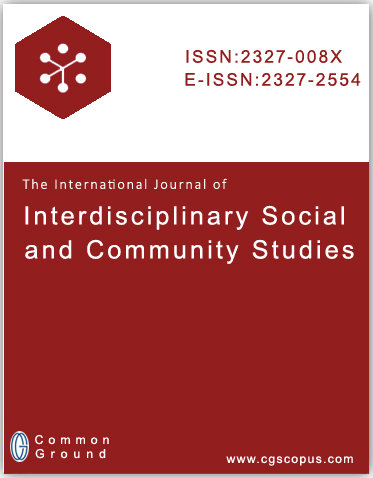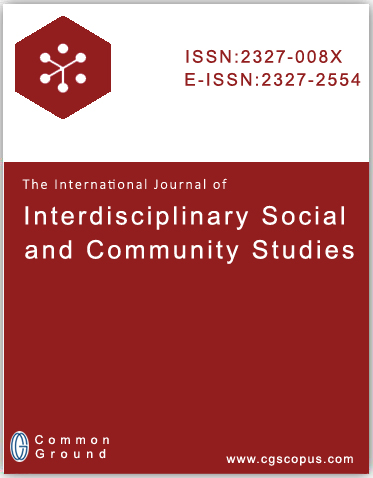Changing Agrarian Social Relations in Contemporary Rural India
DOI:
https://doi.org/10.18848/hgrban52Abstract
The changing agrarian social relations in contemporary rural India reflect a significant transformation influenced by economic liberalization, technological advancements, land reforms, and globalization. Traditionally, rural India was characterized by caste-based landownership and labour hierarchies, where upper-caste landlords controlled agricultural production, and lower-caste labourers had limited access to resources. However, the introduction of mechanization, rural employment diversification, market-driven farming, and migration trends has reshaped these traditional structures. The Green Revolution and neoliberal policies have led to the commercialization of agriculture, benefiting large landowners while marginalizing small and landless farmers. Additionally, rural-to-urban migration has altered household structures and labour patterns, shifting many agricultural workers into non-farm employment. Women’s increasing role in agriculture, despite lacking land rights, highlights gender disparities in the rural economy. Furthermore, corporate farming, contract agriculture, and climate change continue to influence rural livelihoods, often increasing financial vulnerability. While government policies like MGNREGA and land redistribution efforts have provided some relief, agrarian distress remains a significant concern. This study examines the shifting class and caste dynamics, labour transitions, and the socio-economic impact of these changes, offering insights into how contemporary agrarian relations are evolving. Understanding these transitions is crucial for formulating inclusive policies that address inequalities, ensure sustainable rural development, and create resilient agrarian economies in India’s rapidly transforming landscape.










